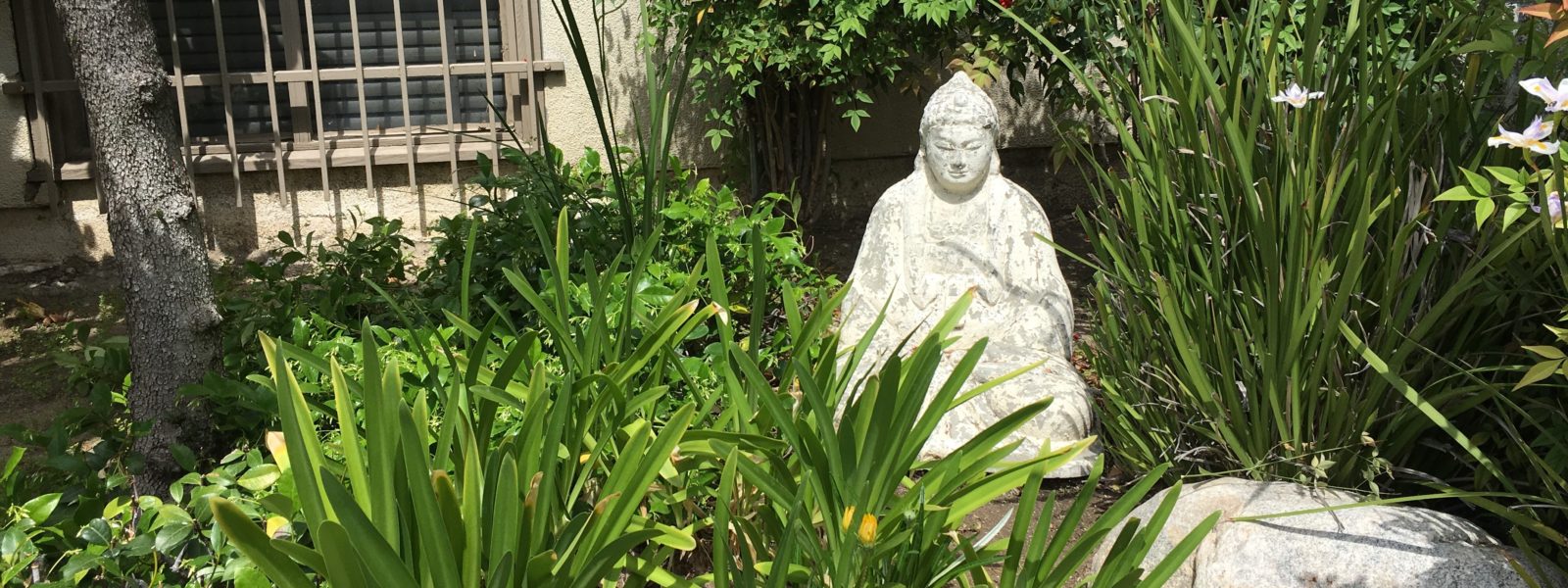“They” are us
I recently accompanied Roger Itaya and Terry Ishigo and their wives, Linda and Irene, to Bellevue, WA, to attend the annual BCA National Council meeting. This is a gathering not only of representatives from all BCA temples, including ministers and Board presidents, but also of leaders from each of the eight districts, and from such national organizations as the Federations of Buddhist Women and Dharma School Teachers. People from various temples also serve on committees that see to the interests of all BCA members. Of course there are committees for Finance and Budget, and Evaluation and Planning, but there are people who are also tasked with overseeing such services as Scouting, Youth Advocacy (which offers the wonderful weeklong “Buddhist bootcamp” and follow-up retreats that produce “Dharma Buddies for Life”), Ministerial affairs, social welfare, and so on. We also hear reports from the Center for Buddhist Education (CBE), and the Institute for Buddhist Studies (IBS), both of which are housed at our very functional Jodo Shinshu Center in Berkeley. CBE provides an ever-growing list of programs, ranging from the always-popular Correspondence Course, to continuing education for ministers and training for Ministers’ Assistants, to seminars for Baby Boomers, young adults, and the LGBT community. IBS is a Jodo Shinshu centered graduate school that provides not only for the academic study of Buddhism, but also paths to both the chaplaincy and to the BCA ministry. In fact, most of our current ministers have studied at IBS.
The foregoing is just a simple description of who gathers for the annual meeting. Perhaps most of the 14,000 or so members of our temples really don’t have much of an idea of what the BCA is. I sometimes hear people wonder or complain about “them” or “it.” As our Bishop, Rev. Umezu, kept saying throughout the days of the meetings, we are the BCA. You probably know some of the people involved in the list above. They represent us because they are us. At our decrepit headquarters in San Francisco, you could probably count the staff (including the Bishop) on one hand. They are always busy trying to co-ordinate and manage all of the things that we want to do to keep Jodo Shin Buddhism alive and well in America, not only for ourselves, but for others.
When you think about it, isn’t it great that we have approximately 60 temples that share a common goal like this? It makes sense that we try to help each other and our cause by sharing information and resources. None of us could produce ministers or such an array of helpful programs on our own.
On the last evening of the meetings, there was a closing banquet at which we celebrated 25 years of service for two of the ministers, and 50 years of service for another. We were then entertained by volunteers (ministers and members) from all over the BCA—there’s a lot of talent and joy among us!
I was the happy recipient of the table decoration: a set of nesting Japanese dolls.
 Like the famous Russian Matryoshka dolls, they are a set of carved wooden dolls of decreasing size that fit one inside of the other. Looking at them reminds me of us. The smallest one is me. I am in my temple. My temple is in the Southern District, which is part of the BCA. And BCA falls under the auspices of Jodo Shinshu Hongwanji-ha, our head temple. But enveloping all of this is what is to be found in the smallest doll, the one that I call “me.” It is the wood, and therefore the tree, and the sun, soil, and water that nourished me, not to mention the artist and the paints that embellished me, and all that it took to create them …
Like the famous Russian Matryoshka dolls, they are a set of carved wooden dolls of decreasing size that fit one inside of the other. Looking at them reminds me of us. The smallest one is me. I am in my temple. My temple is in the Southern District, which is part of the BCA. And BCA falls under the auspices of Jodo Shinshu Hongwanji-ha, our head temple. But enveloping all of this is what is to be found in the smallest doll, the one that I call “me.” It is the wood, and therefore the tree, and the sun, soil, and water that nourished me, not to mention the artist and the paints that embellished me, and all that it took to create them …
Whichever way you look at it, there is no “them” and “me,” only us. This can be applied to everything in our lives. We are all in it together, in the Oneness of all life. How can I not be grateful for this, and seek to do all that I can to contribute to the well-being of all? When we say Namo Amida Butsu, our voice is one and that’s a beautiful thing.
Gassho,
Rev. Patricia Usuki

